The Kefir is currently characterized by a dynamic competitive landscape, driven by increasing consumer awareness of health benefits associated with fermented dairy products. Major players such as Lifeway Foods (US), Danone (FR), and Nestle (CH) are actively shaping the market through strategic initiatives focused on innovation and regional expansion. Lifeway Foods (US) has positioned itself as a leader in the probiotic segment, emphasizing product diversification and health-oriented marketing. Meanwhile, Danone (FR) leverages its extensive distribution network to enhance market penetration, particularly in Europe and North America. Nestle (CH) appears to be focusing on sustainability and product reformulation, aligning with consumer preferences for clean-label products. Collectively, these strategies contribute to a moderately fragmented market structure, where competition is intensifying as companies seek to differentiate themselves through unique offerings and enhanced consumer engagement.
In terms of business tactics, key players are increasingly localizing manufacturing to reduce costs and improve supply chain efficiency. This approach not only enhances responsiveness to regional demand but also mitigates risks associated with global supply chain disruptions. The competitive structure of the Kefir Market remains moderately fragmented, with several players vying for market share. The collective influence of these key players is significant, as they drive innovation and set trends that smaller companies often follow.
In August 2025, Lifeway Foods (US) announced the launch of a new line of plant-based kefir products, targeting the growing vegan and lactose-intolerant consumer segments. This strategic move is indicative of Lifeway's commitment to innovation and responsiveness to evolving consumer preferences. By diversifying its product portfolio, Lifeway aims to capture a broader audience and strengthen its market position amidst increasing competition.
In September 2025, Danone (FR) revealed its partnership with a leading technology firm to enhance its digital marketing capabilities. This collaboration is expected to leverage data analytics to better understand consumer behavior and preferences, thereby optimizing product offerings and marketing strategies. Such a move underscores Danone's focus on digital transformation as a means to maintain its competitive edge in the rapidly evolving market landscape.
In October 2025, Nestle (CH) announced its commitment to achieving carbon neutrality across its kefir production facilities by 2030. This ambitious goal reflects Nestle's strategic emphasis on sustainability, which is becoming increasingly important to consumers. By prioritizing environmental responsibility, Nestle not only enhances its brand image but also positions itself favorably in a market where sustainability is a key differentiator.
As of October 2025, current competitive trends in the Kefir Market are heavily influenced by digitalization, sustainability, and the integration of artificial intelligence in production and marketing processes. Strategic alliances are becoming more prevalent, as companies recognize the value of collaboration in enhancing innovation and market reach. Looking ahead, competitive differentiation is likely to evolve from traditional price-based competition to a focus on innovation, technology adoption, and supply chain reliability. This shift suggests that companies that prioritize these aspects will be better positioned to thrive in the increasingly competitive landscape.
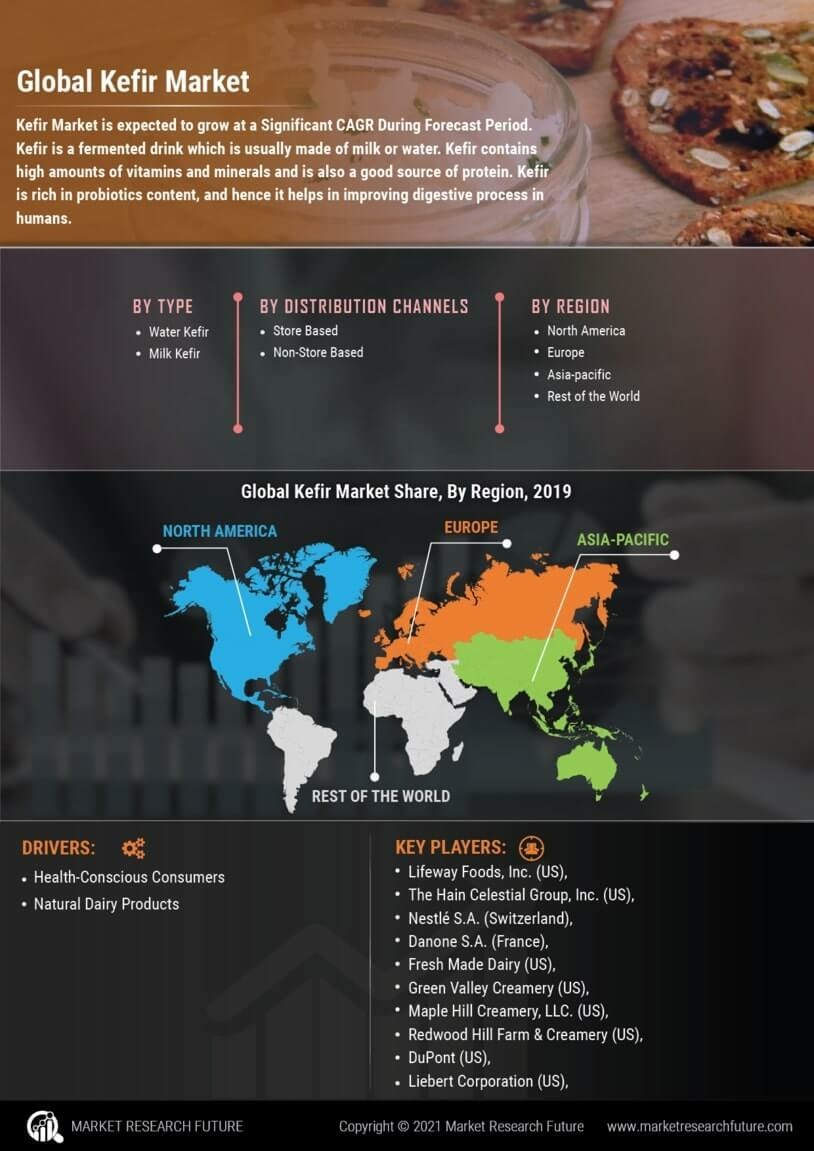

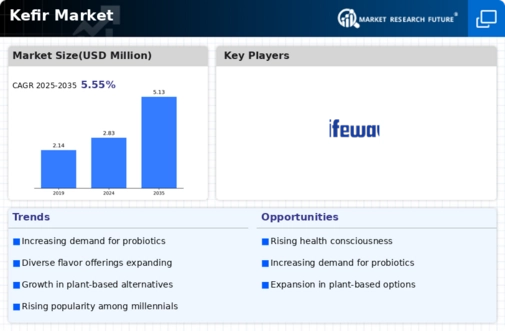

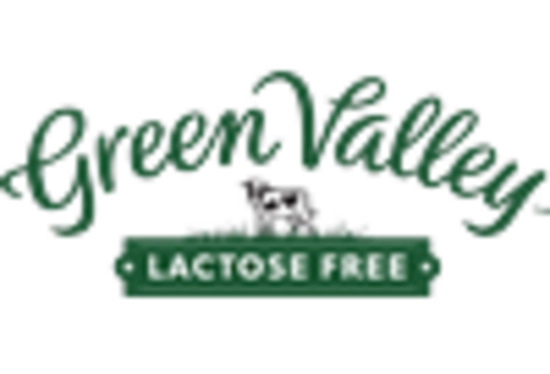
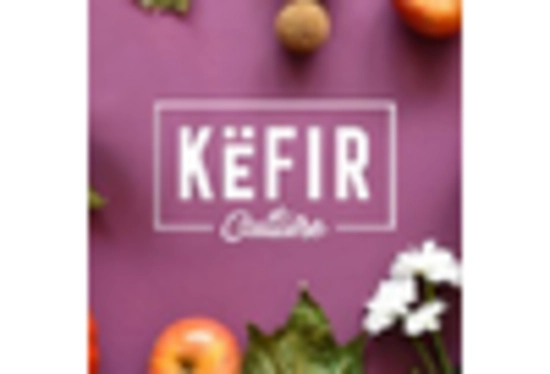
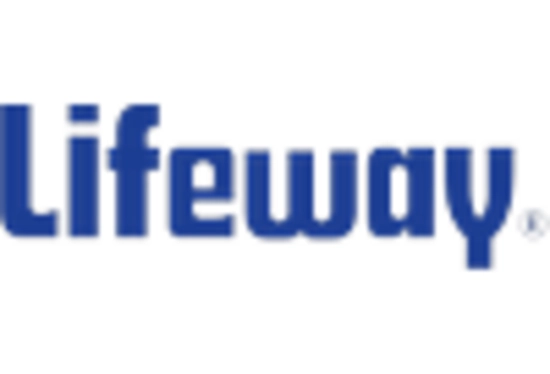

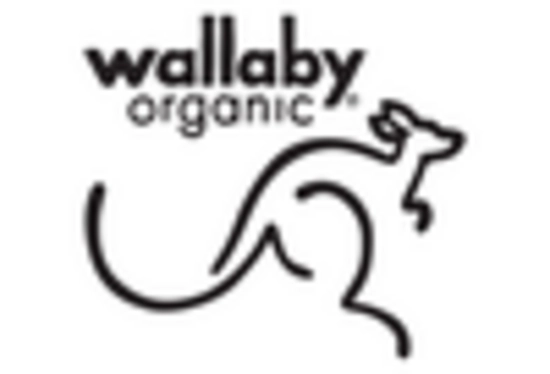








Leave a Comment